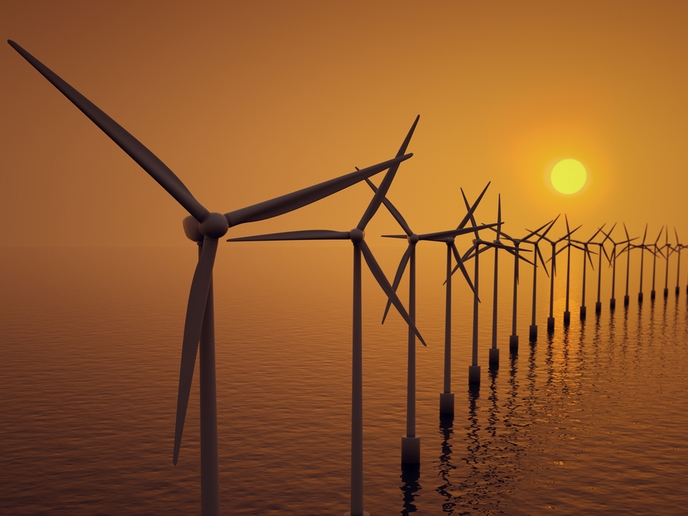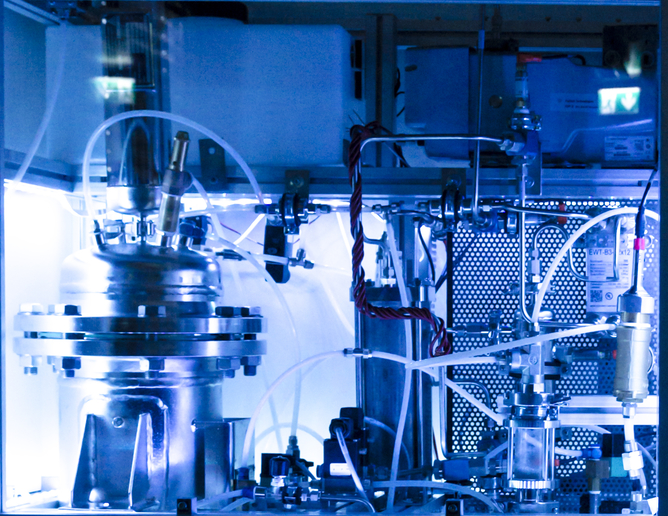Floating wind poised for deep cost cuts
Offshore wind is one of the most promising and climate-friendly energy-producing technologies. However, on a levelised cost of energy (LCOE) basis, offshore wind – especially floating wind – still seems more expensive than more ubiquitous power sources such as onshore wind and solar. The EU-funded project TELWIND(opens in new window) has taken a giant step toward making offshore wind turbines in deep waters more cost competitive. Its revolutionary buoyant platform makes a qualitative leap in lowering construction and installation costs, which increases the possibilities of widespread industry adoption of floating wind in the future. Enhanced floating design Two main ground-breaking systems unite in the TELWIND floating substructure to generate a low-cost integrated system that is simple, fast and affordable to install: an evolved spar configuration with suspended ballast tanks, and a self-erecting telescopic tower. The floating substructure is based on a spar configuration with suspended ballasts providing mutual support. In particular, an upper floating body is connected by tendons to a heavy lower ballast tank, which lowers the system’s centre of gravity to stabilise the substructure. The platform integrity depends directly on the tendon response, so the focus was on testing whether performance meets project expectations. The telescopic float tower consists of tubular tower levels built of precast concrete elements, one steel section and a tower self-lift using heavy-lift strand jacks. “Precast concrete towers are a cost-effective alternative to steel tubular towers. Its construction flexibility in addition to the increased fatigue strength and durability are key to improving production rates and industrialising floating wind turbines,” notes Esteyco CTO José Serna. Tank test campaign Project partners created an innovative reduced scale model to test their offshore floating wind concept during a tank test campaign. The focus was on investigating the complex coupled behaviour between the floating substructure and the wind turbine combined with wind and wave impact. Results allowed project partners to validate control command strategies for the wind turbine. This model was equipped with a full set of sensors. Data acquisition should give tremendous information for numerical models that will be used for optimising a full-scale offshore floating wind concept with a 12 MW turbine. Experimental work was complemented by theoretical simulations. In particular, project partners used a multi-rotor drone to simulate the wind loads in the offshore substructure in a test basin. “This is the first time that drones have been used to represent high wind conditions,” notes Serna. Rising turbine capacity and efficiency impact both capital (CAPEX) and operational expenditures (OPEX). Detailed CAPEX and OPEX analyses confirmed project expectations that the TELWIND platform concept could reduce the LCOE of floating offshore wind energy. “TELWIND technology is around 30 % cheaper than current bottom-fixed foundation designs in water depths exceeding 40 metres,” adds Serna. “On site assembly of the floating substructure platform, as opposed to transport by heavy-lift vessels, significantly speeds up installation time.” The floating offshore wind market is evolving, but floating foundations have been expensive so far. TELWIND has developed new advanced technologies that provide a better understanding of how costs can be decreased.







